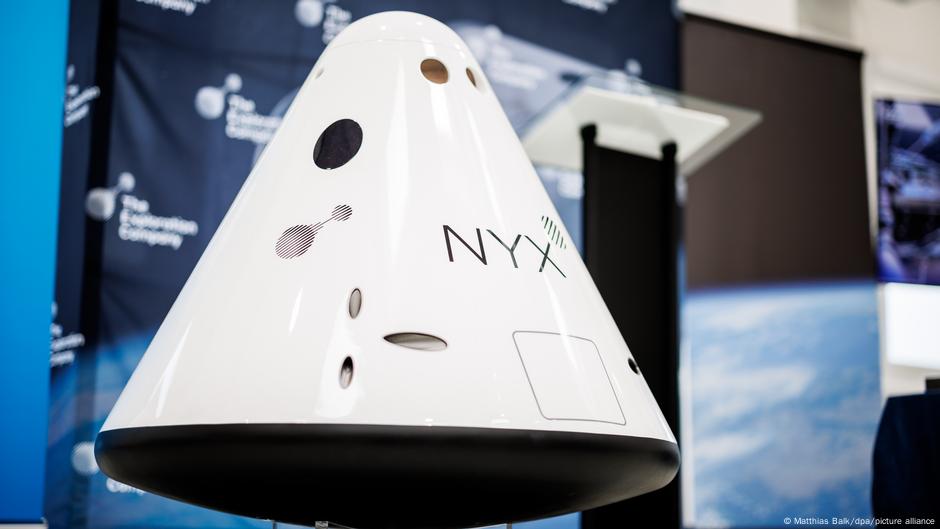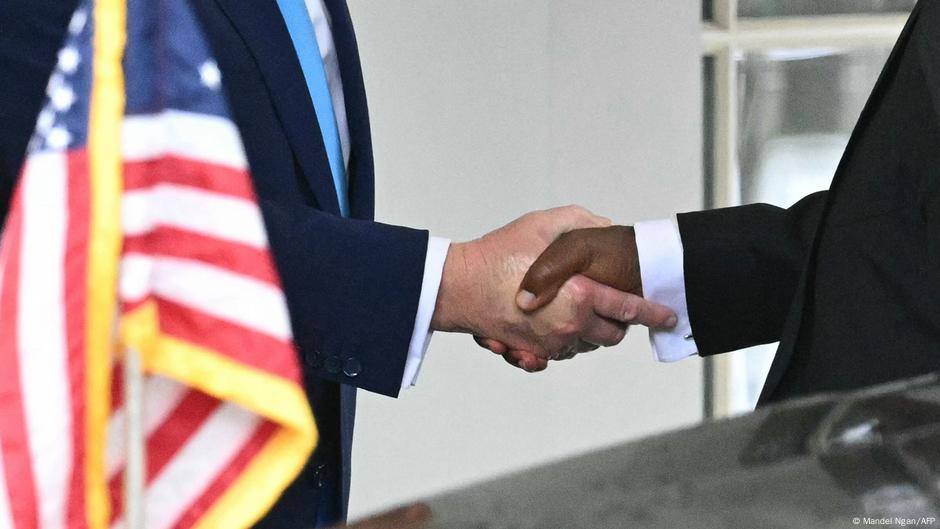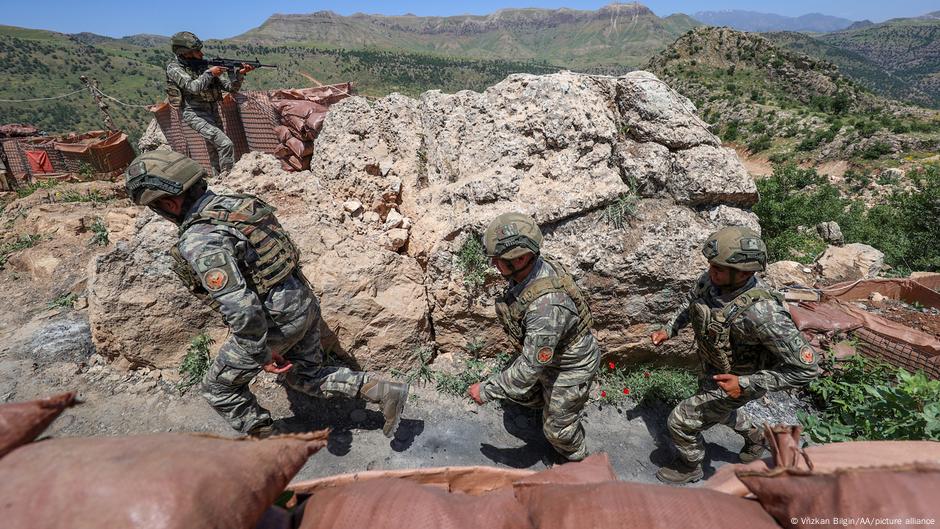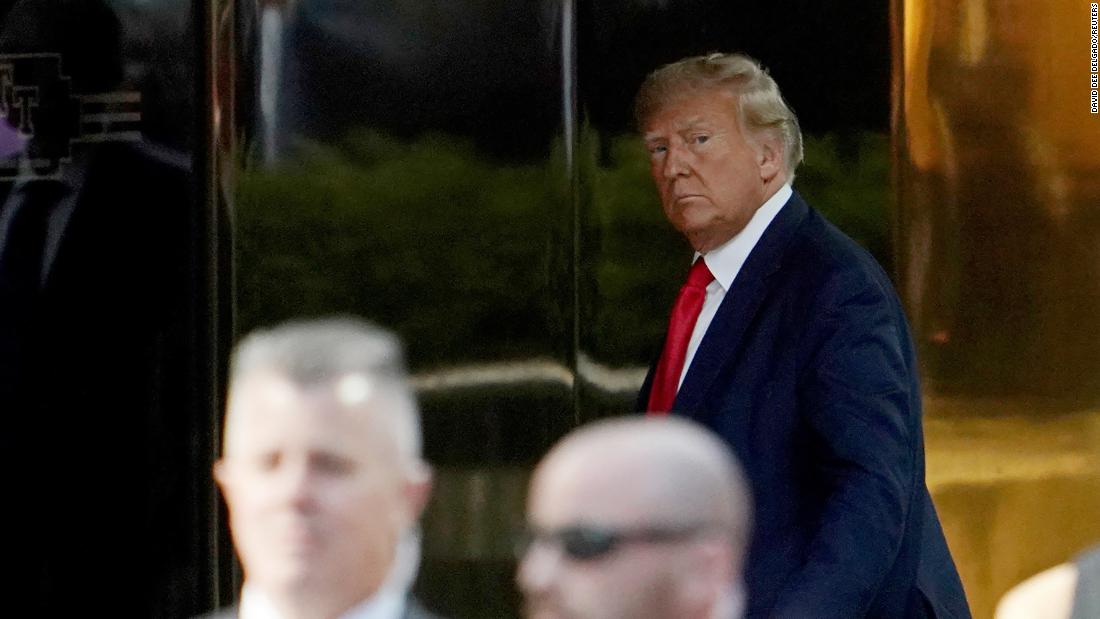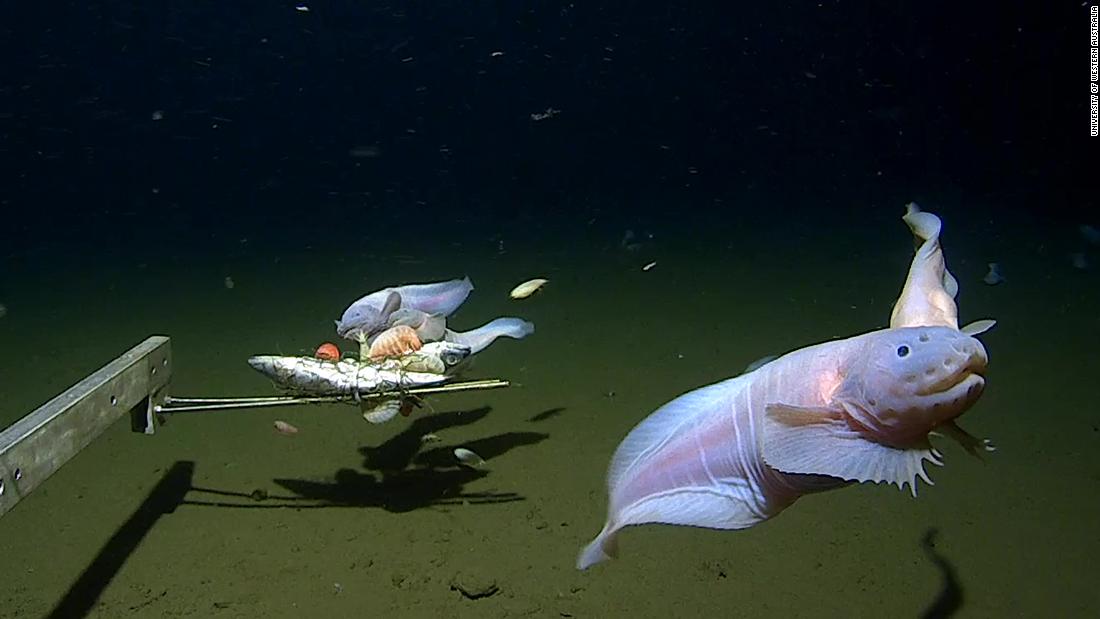It was here that the Nordic nation chose to launch its six-month stint heading up the EU Council, the body representing the bloc’s 27 national governments.
And a word that’s fallen out of vogue in European policy-making circles made the cut in Denmark’s stated priorities: “Green.”
“There’s a lot at stake,” Climate and Energy Minister Lars Aagaard told DW as Denmark’s EU presidency kicked off.
What are the challenges facing Denmark’s EU presidency?
To view this video please enable JavaScript, and consider upgrading to a web browser that supports HTML5 video
Tides turned against green EU policies
Gone are the days when climate policies dominated the European Union’s agenda; when school climate strikers demonstrating in towns and cities across the bloc prompted policymakers to come up with the so-called Green Deal, dubbed Europe’s “man on the moon moment” by the EU Commission back in 2018.
Since then, the realities of radically shifting geopolitics have swung like a wrecking ball onto Europe’s political consciousness — from Russia’s full-scale invasion of Ukraine and the resulting energy and inflation crisis, to US President Donald Trump’s tariffs and mounting existential fears in European industries from car-making to chemicals.
Green parties lost out in most countries in last year’s European elections after what many analysts dubbed a backlash against green policies.
With US tariffs already biting, the EU is trying to cut red tape to help European firms compete internationallyImage: Michael Probst/AP/picture alliance
Climate protection faces competition
The EU’s big promises to slash emissions have already been enshrined in law, allowing the bloc to keep up its claim of climate leadership on the global stage — especially with Washington pulling out of the Paris climate deal.
But bit-by-bit, lower-profile elements of Europe’s green legislation are coming under fire in debates on how to ease burdens on businesses to help the EU compete with the likes of China and the US.
“We support a climate policy driven by innovation, investment, and responsibility — not by radical bans or ideology,” leaders of the EU’s biggest political grouping, the center-right European People’s Party, said in a statement late last month. “We are ambitious, yet pragmatic,” they wrote.
While those leaders praised a series of red-tape-cutting plans laid out by the EU’s executive, climate campaigners have rejected the moves. Recently, Brussels also sparked their ire by shelving draft anti-greenwashing rules.
Denmark’s prime minister Mette Frederiksen says security and rearming Europe is her country’s top priority as its EU presidency begins.Image: Mads Claus Rasmussen/Ritzau Scanpix/IMAGO
Renewables to power up Europe’s defense?
To keep climate action moving, Denmark is finding new ways to frame the argument: By casting the green transition as a key ingredient in Europe’s bid to boost its military independence.
“Climate change is about defense. Europe’s strategic autonomy is threatened, and it’s threatened partly because we are so extremely dependent on the import of fossil fuels,” Energy Minister Aagaard said — referring to the bloc’s past dependence on Russian oil and gas and its new plans to gradually ban their sale.
“Bringing Europe into a position where we can produce more of the energy we need, where we get more energy efficient, where we create a strong economics based on decarbonized energy, for me that’s also the response,” he added.
Denmark’s center-left-led government has given security top billing in its EU presidency, following on from Poland which held the rotating role for the first half of 2025. The Danish defense ministry has also gone further than most EU states in its national bid to beef up military independence, by extending conscription to women.
Denmark is extending military conscription to some women as it steps up its bid to rearm Image: Henning Bagger/Ritzau Scanpix/picture alliance
Carbon cost of rearming?
Still, researchers acknowledge Europe’s race to rearm brings its own challenges for climate policymaking.
Emissions linked to military work tend to be top secret, and researcher Jens Mortensen says the search for more critical materials like rare earth metals may “delay or slow down the green transition.”
“In the short term defense spending is prioritized, and there will be a concern about what it does to our emissions,” Mortensen, a political scientist who lectures on global environmental governance at Copenhagen University, told DW.
“But right now we probably have to. That’s the feeling in the North: We have to. We feel very exposed.”
The EU unveiled its latest emissions reduction plan as large swathes of Europe’s south sweltered through heatavesImage: Remo Casilli/REUTERS
EU battles over emissions cuts lie ahead
Not all EU governments share the Danes’ assessment that going green will equip the EU to better defend itself and compete internationally.
The political challenge that lies ahead became evident last week when the European Commission proposed a new legally binding stepping stone on the EU’s path to achieving net-zero greenhouse gas emissions by 2050.
Under the latest proposals, the EU must cut greenhouse emissions 90% by 2040 compared to 1990 levels.
“As European citizens increasingly feel the impact of climate change, they expect Europe to act,” Commission chief Ursula von der Leyen said recently.
However, Italy, Czechia, and Poland have been critical of the bill, which still requires approval from EU states and lawmakers.
“Our country is not yet ready to implement such ambitious plans,” Poland’s environment minister, Paulina Hennig-Kloska, told news channel Polsat last week. “The EU’s reduction target must be realistic, and the contributions of individual countries toward achieving it must be varied,” she said.
Climate campaigners, meanwhile, were disappointed that the draft legislation allows states to include carbon credits gained through investments in environment projects outside Europe in their climate accounting.
“Most international offsets aren’t worth the paper they’re written on and have done nothing to cut emissions. They’re also a waste of taxpayers’ money,” Michael Sicauld-Clyet of the World Wildlife Fund said last week.
Researcher Jens Mortensen saw the compromise as a means to an end. “We have to give in on certain issues,” he said. “It’s controversial, but it was necessary to convince skeptics.”
Denmark’s presidency gives it more power over the EU’s policymaking agenda.Image: Jens Noegaard Larsen picture alliance / dpa
Denmark’s limited power
Convincing skeptics will be Copenhagen’s daily business through the rest of 2025. Asked whether he expected to get Czechia and others on board with emissions-cutting targets, Minister Lars Aagaard said: “Time will show.”
“I know that there are short-term concerns in a number of European countries that climate change politics can be a challenge to economic development,” he added.
“But I also think that it’s important for all of us to remember that meeting our climate targets is part of what should make Europe competitive in the longer run.”
Lecturer Jens Mortensen says Denmark can only hope to keep countries talking about climate policies, rather than turning political tides, due to the limits of its role.
“It’s really about trying to reframe current challenges and the mess we’re in to say: ‘Don’t forget the green transition.’ We are aware it’s lost its top priority.”
Edited by: Rob Mudge
Send us your feedback
Sursa: DW


